Land Invertebrates
Media
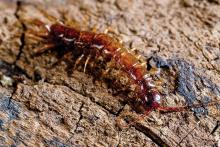
Species Types
Scientific Name
Hundreds of species in North America north of Mexico
Description
Centipedes are familiar to anyone who has overturned rocks and logs, sifted through leaf litter, or dug in the soil. Learn more about Missouri's members of class Chilopoda.
Media
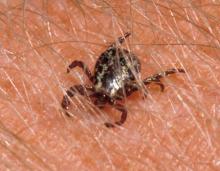
Species Types
Scientific Name
Three common Missouri species
Description
Ticks drink the blood of humans and other mammals. Because they can carry serious, sometimes deadly diseases, it's important to learn about ticks and how to protect yourself from their bites.
Media
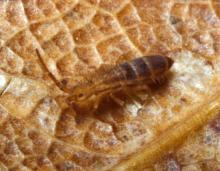
Species Types
Scientific Name
More than 8,000 species globally
Description
Springtails, like insects, have six legs, but these tiny rounded, oval, or elongated creatures that hop quickly into the air are not insects. They have a separate lineage and many structural differences.
Media

Species Types
Scientific Name
Nearly 200 species in North America north of Mexico
Description
Assassin bugs are usually black or brown, with an elongated head bearing a single, clawlike tube used for piercing and injecting venom into their prey. They are common in Missouri.
Media

Species Types
Scientific Name
More than 5,000 species in North America
Description
Most ichneumon wasps are harmless, although the long ovipositor of the female is intimidating. Their larvae live as parasites inside caterpillars and other larval insects.
Media
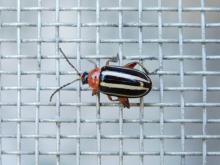
Species Types
Scientific Name
About 2,000 species in North America
Description
Leaf beetles, or chrysomelid beetles, are members of a large, diverse, often very colorful beetle family. As the name suggests, they eat leaves and other plant parts and are common on foliage.
Media
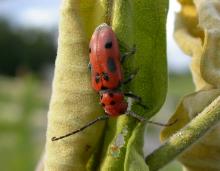
Species Types
Scientific Name
About 1,000 species in North America north of Mexico
Description
Longhorned beetles are elongated and cylindrical, with antennae that are at least half the length of the body — sometimes much longer. The larvae are grubs that bore in wood or other plants. Some are serious pests.
Media
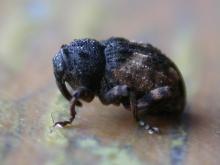
Species Types
Scientific Name
About 2,500 species in North America north of Mexico
Description
Weevils are plant-eating beetles with a characteristic long, down-curving snout. The antennae are clubbed and elbowed. There are thousands of weevil species.
Media
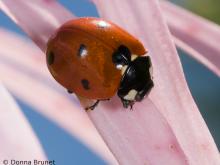
Species Types
Scientific Name
Nearly 500 species in North America north of Mexico
Description
Lady beetles are beloved for many reasons. Farmers like the way they devour injurious aphids and scale insects. Everyone else appreciates their bright colors and shiny, compact bodies.
Media

Species Types
Scientific Name
More than 700 species in North America
Description
Ants are everywhere! They outnumber us a million to one. These colonial insects are familiar to everyone on Earth. Their lives are endlessly fascinating.
See Also



Media

Species Types
Scientific Name
Cisseps fulvicollis
Description
The yellow-collared scape moth is more often “orange-collared.” And whether you think it looks more like a firefly or a wasp, it’s still a moth!
Media

Species Types
Scientific Name
Nearly 150 species in North America north of Mexico
Description
Slim, delicate plume moths are instantly recognizable by their T-shaped silhouette, long legs, and muted shades of tan and brown. It can be hard to separate the various species.
Media

Species Types
Scientific Name
Pyrrharctia isabella
Description
Not many people know the adult Isabella tiger moth when they see one, but we’re all acquainted with its caterpillar, the woolly worm, or woolly bear.
About Land Invertebrates in Missouri
Invertebrates are animals without backbones, including earthworms, slugs, snails, and arthropods. Arthropods—invertebrates with “jointed legs” — are a group of invertebrates that includes crayfish, shrimp, millipedes, centipedes, mites, spiders, and insects. There may be as many as 10 million species of insects alive on earth today, and they probably constitute more than 90 percent all animal species.





















